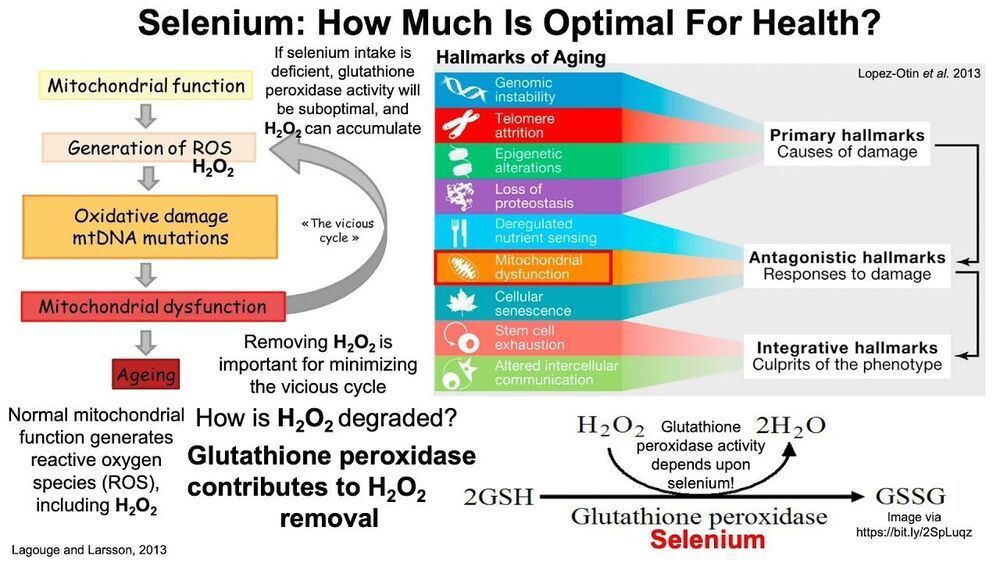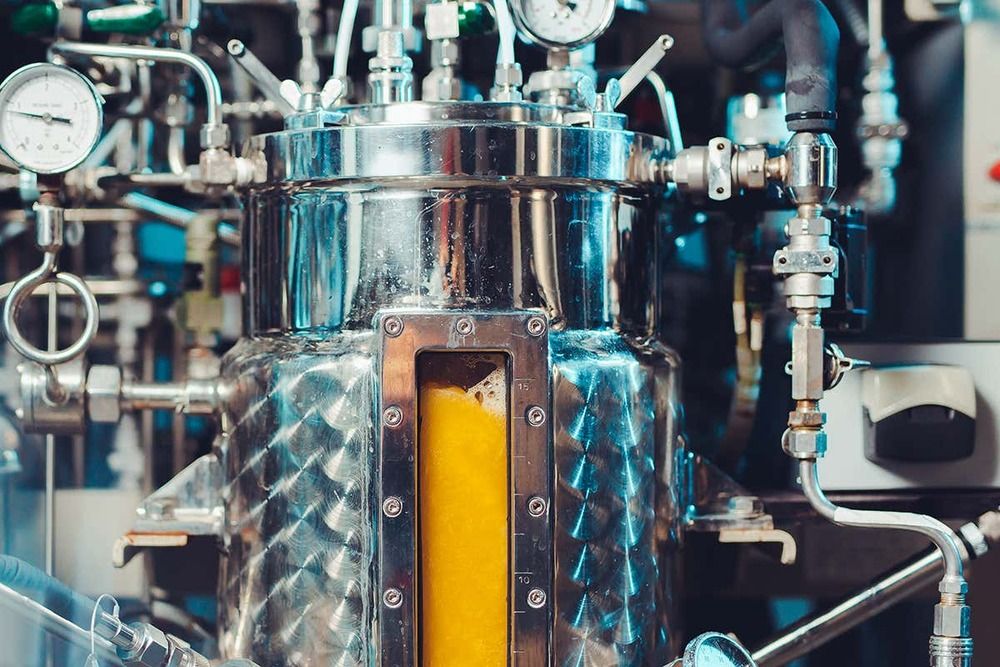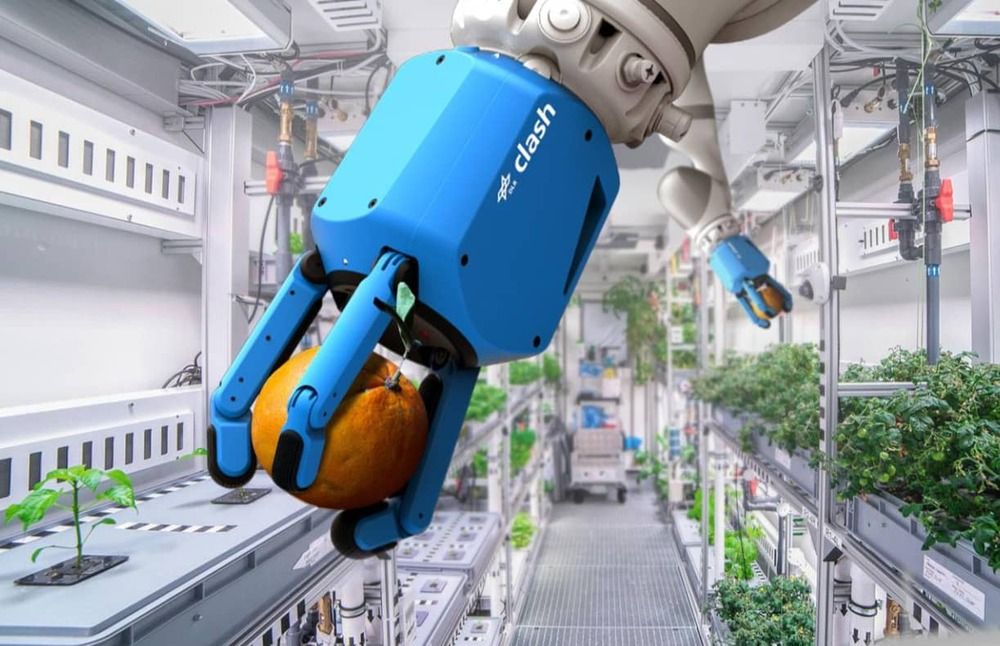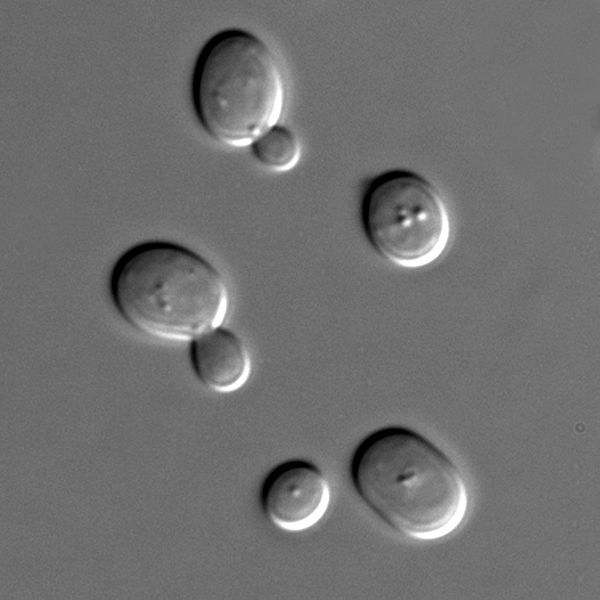Archive for the ‘food’ category: Page 148
Jun 21, 2021
We can make food from air and electricity to save land for wildlife
Posted by Quinn Sena in categories: food, solar power, sustainability
Turning air into protein with electricity from solar panels would take a tenth of the land required to grow that protein the conventional way, according to a new analysis.
Jun 21, 2021
Brain imaging study shows defining traits are forged the moment were born
Posted by Genevieve Klien in categories: food, neuroscience
There are still many unsolved mysteries about the human brain and its development. Now, a novel study published in Frontiers in Psychiatry sheds new light on the neurobiological origins of our individual traits.
Functional connectivity is the coordinated activity – activation or deactivation – through time between separate brain regions, regardless of their physical closeness or the type of neural connections between them. Changes in functional connectivity can be a sign of mental health disorders such as depression, eating disorders, and schizophrenia, and are thought to have developmental origins.
Jun 21, 2021
Evidence Found for Life on Enceladus?
Posted by Greg Allison in categories: food, habitats, space

Breaking — see how an overabundance of methane at Saturn’s ice moon Enceladus may be evidence for life there!
You can support Galactic Gregs by supporting the sister channel Green Gregs by clicking the links below:
For your space habitat garden buy worms at greengregs.com!
See the Special Deals at My Patriot Supply (great space mission food): www.PrepWithGreg.com.
For gardening in your space habitat (or on Earth) Galactic Gregs has teamed up with True Leaf Market to bring you a great selection of seed for your planting. Check it out: http://www.pntrac.com/t/TUJGRklGSkJGTU1IS0hCRkpIRk1K
Jun 20, 2021
Space agencies are learning how to make food on Mars and the moon
Posted by Genevieve Klien in categories: Elon Musk, food, robotics/AI, space, sustainability
As Elon Musk and Jeff Bezos rocket companies lead a new space race, NASA is working on AI and robotics to farm space plants and feed interplanetary humans.
Jun 20, 2021
Urban foxes self-evolve, exhibiting Darwins domestication syndrome
Posted by Quinn Sena in categories: evolution, food
Jun 20, 2021
Biologists Raise Alarm: Brain Damage Caused by Even Small Amounts of Plasticizers
Posted by Jason Blain in categories: food, health, neuroscience
The plasticizers contained in many everyday objects can impair important brain functions in humans. Biologists from the University of Bayreuth warn of this danger in an article in Communications Biology. Their study shows that even small amounts of the plasticizers bisphenol A and bisphenol S disrupt the transmission of signals between nerve cells in the brains of fish. The researchers consider it very likely that similar interference can also occur in the brains of adult humans. They, therefore, call for the rapid development of alternative plasticizers that do not pose a risk to the central nervous system.
Bisphenols are plasticizers that are found in a large number of plastic products worldwide — for example, in food packaging, plastic tableware, drinking bottles, toys, tooth fillings, and babies’ dummies. In recent years, numerous health risks have already been associated with them, especially with bisphenol A (BPA). The Bayreuth research team led by Dr. Peter Machnik at the Animal Physiology research group (led by Prof. Dr. Stefan Schuster) has now for the first time investigated the effects of plasticizers on signal transmission between nerve cells in the adult brain. The study covers not only BPA, but also bisphenol S (BPS), which is often considered less harmful to health. Their findings: Both plasticizers impair communication between the nerve cells of the brain.
Jun 18, 2021
Cells optimized to improve healthy ageing compound
Posted by Kevin Huang in categories: biotech/medical, chemistry, engineering, food, life extension, neuroscience
The population on Earth is increasingly growing and people are expected to live longer in the future. Thus, better and more reliable therapies to treat human diseases such as Alzheimer’s and cardiovascular diseases are crucial. To cope with the challenge of ensuring healthy aging, a group of international scientists investigated the potential of biosynthesising several polyamines and polyamines analogs with already known functionalities in treating and preventing age-related diseases.
One of the most interesting molecules to study was spermidine, which is a natural product already present in people’s blood and an inducer of autophagy that is an essential cellular process for clearing damaged proteins, e.g., misfolded proteins in brain cells that can cause Alzheimer’s. When people get older the level of spermidine in the blood decrease and dietary supplements, or certain food products are needed to maintain a stable and high level of spermidine in the blood. However, those products are difficult to produce with traditional chemistry due to their structural complexity and extraction of natural resources is neither a commercially viable nor a sustainable approach.
Therefore, the researchers instead decided to open their biochemical toolbox and use classical metabolic engineering strategies to engineer the yeast metabolism to produce polyamines and polyamines analogs.
Jun 16, 2021
Perpetual Life Virtual Party and Brian Clement Ph.D., L.N. of The Hippocrates Health Institute
Posted by Heather Blevins in categories: food, health
Thu, jun 17 at 3 PM PDT.
Join us early at 6:00 PM for a Perpetual Life Virtual Party. Then 7 PM presentation with Brian Clement Ph.D., L.N. of The Hippocrates Health Institute.
Brian Clements’s experience with food and lifestyle was like that of most. At the early age of 20, he began his journey to embrace a healthier way of life. Shedding exceptional weight and leaving behind, cigarettes and grass, he finally felt himself for the first time ever. Mature colleagues placed him under their wing and slowly led him down the road via conferences, lectures, and seminars held by some of the historic figures in the modern health movement.
Jun 15, 2021
Selenium: How Much Is Optimal For Health?
Posted by Mike Lustgarten in categories: biotech/medical, food, life extension

For those who track their diet, eating only the RDA for many nutrients may not optimize health. For example, the RDA for selenium is 55 micrograms per day, but is that amount optimal for reducing risk of death for all causes?
Papers referenced in the video:
Continue reading “Selenium: How Much Is Optimal For Health?” »















